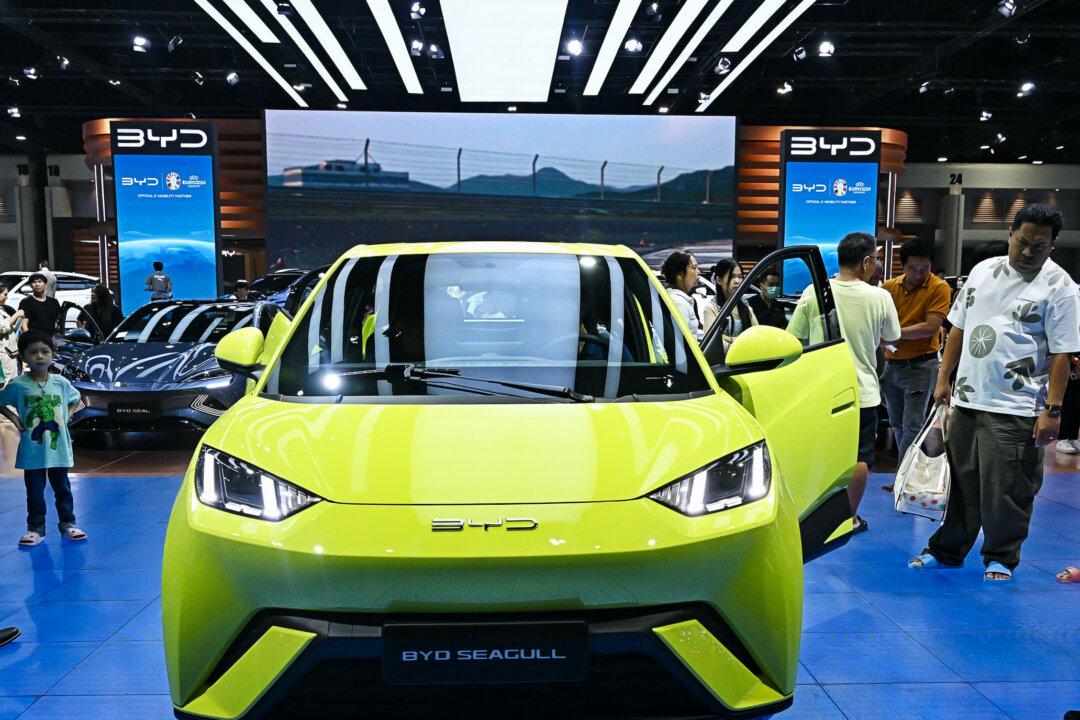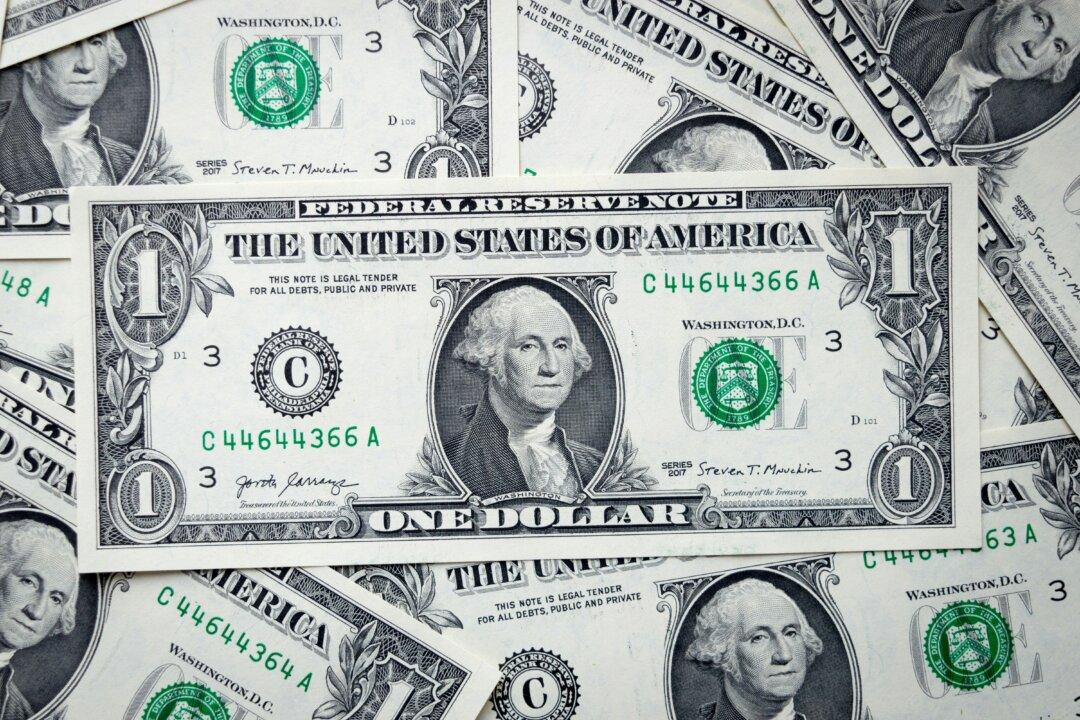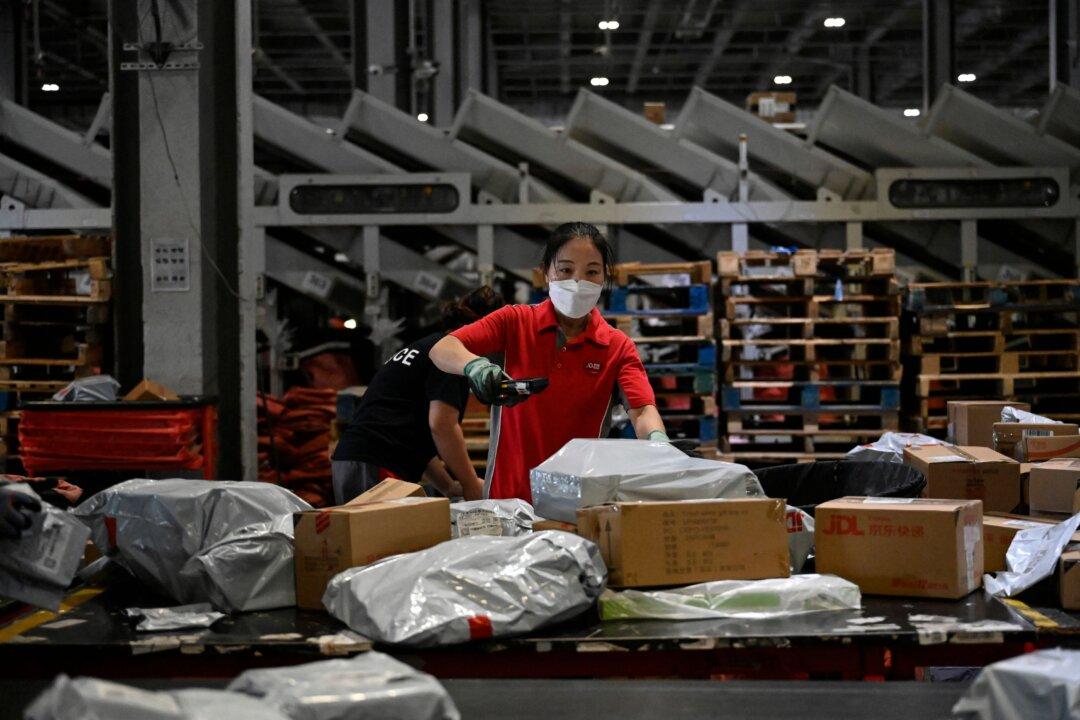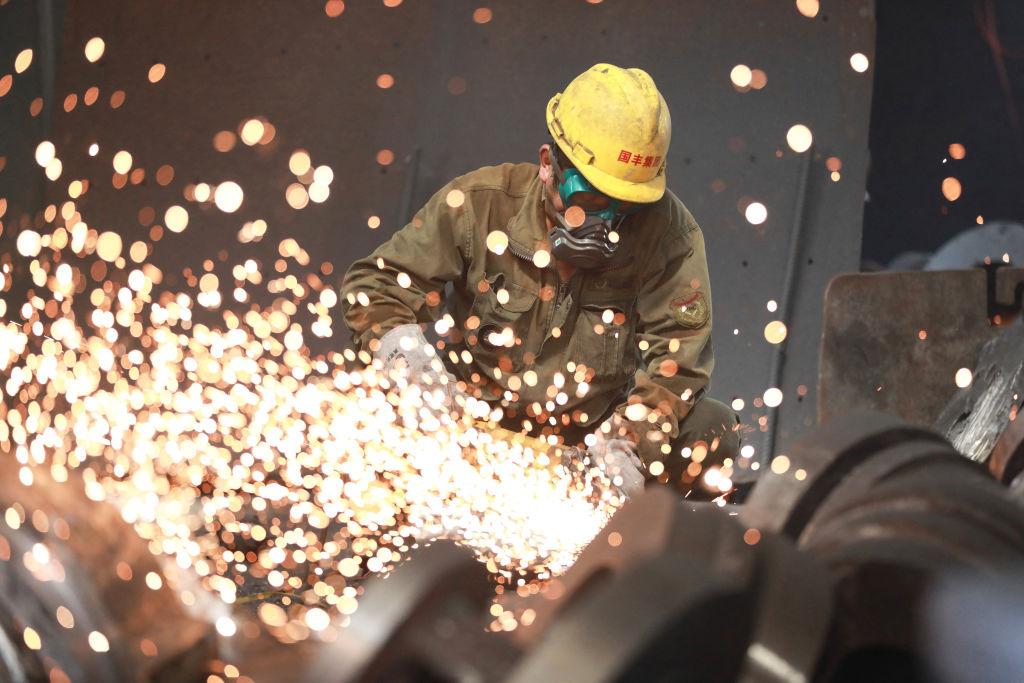As the European Union pushes ahead with tariffs on Chinese electric vehicles (EVs) to protect European production from international trade distortions, experts say that last week’s decision to slap on extra import duties not only signifies a major policy shift but also could be somewhat unproductive.
The move, unlike previous trade-defense measures that focused on smaller or less critical sectors, targets the automotive industry, which is crucial to the economies of both the European Union and China. This marks a departure from the EU’s traditional approach of avoiding significant industries in its trade disputes.





